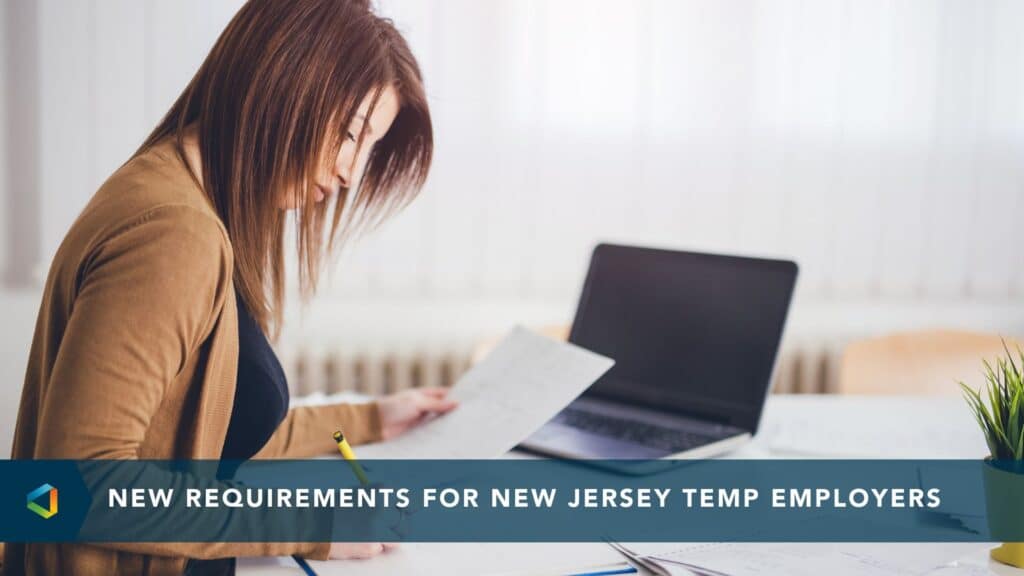Compliance Confidence
Congress Passes New Law Expanding the Paycheck Protection Program (PPP) - Updated
Congress Passes New Law Expanding the Paycheck Protection Program (PPP) - Updated
Updated 7/9/20
In quick order, the House passed House bill H.R. 7010, the Paycheck Protection Program Flexibility Act of 2020. Original PPP rules allow businesses a specific time period to apply for loans, i.e. March 1 – June 30, 2020. Recent legislation expands this time line through August 8, 2020 allowing employers five additional weeks to apply. The previous article highlights the new changes to PPP loans. One of the most remarkable pieces of the law is that it not only modifies new loans but is also applicable to those already issued.
The chart below highlights each of the PPP loan provision modifications:
Provision |
Original PPP Loan Provision |
Updated PPP Loan Provision |
| Loan term/maturity (excess left after loan forgiveness) | 2 years | 5 years |
| Loan - Covered Period | 2/15/2020 – 6/30/2020 | 2/15/20 – 12/31/20 |
| Loan Forgiveness - Covered Period | 8 weeks from disbursement of funds | The earlier of 24 weeks from disbursement of funds or 12/31/20 (borrowers receiving loans prior to 6/5/20 may elect, i.e. keep the original 8-week covered period) |
| Payment Deferral | 6 months from the end of the covered period | Must submit loan forgiveness application within 10 months after the last day of the covered period |
| Loan Forgiveness Reduction Based on Reduction in Full-Time Equivalent (FTE) Employees | Waived if number of FTE employees is restored by 6/30/20 | Waived if number of FTE employees is restored by 12/31/20 or qualify for the Exemption Based on Employee Availability* |
| Loan Forgiveness Limitation | 75% of the loan forgiveness amount must be attributable to payroll costs | Must use at least 60% of the covered loan amount for payroll costs |
*Exemption Based on Employee Availability.
This provision removes the loan forgiveness reduction based on change in staffing/i.e. full-time equivalent employees, if, in good faith, the borrower can document that they have:
- an inability to rehire the individuals who were their employees on February 15, 2020; AND
- an inability to hire similarly qualified employees for unfilled positions on or before December 31, 2020; OR
- can document that the business cannot “return to the same level of business activity as such business was operating at before February 15, 2020, due to compliance with requirements established or guidance issued by the Secretary of Health and Human Services, the Director of the Centers for Disease Control and Prevention, or the Occupational Safety and Health Administration during the period beginning on March 1, 2020, and ending December 31, 2020, related to the maintenance of standards for sanitation, social distancing, or any other worker or customer safety requirement related to COVID–19.”
Modifies CARES Act Eligibility for Deferral of Payroll Taxes
The original provision, in the Act, allows employers and self-employed to defer the payment of their 2020 Social Security tax (6.2%) through 12/31/20 and payback over two years (50% by 12/31/21 and 50% due by 12/31/22) with no penalty. Those with PPP loans were not eligible for to defer these taxes.
This law modifies that language to allow this tax deferral to be taken by those employers with PPP loans.
For additional insights on the Paycheck Protection Program or the CARES Act, visit OneDigital’s Stimulus Guidance for Employers Page, or reach out to your local OneDigital advisory team.
The Paycheck Protection Program does not apply to all businesses. Based on past SBA practice, our expectation is that Venture Capital or Private Equity-backed companies will be excluded from the SBA’s Paycheck Protection Program. We will be monitoring these developments closely, but please also consult with your investor(s) for guidance.




